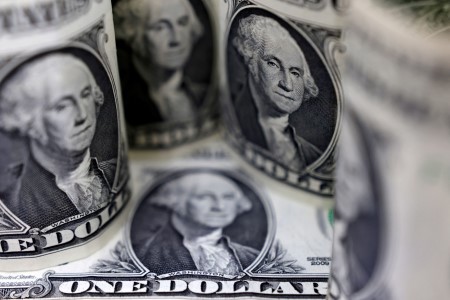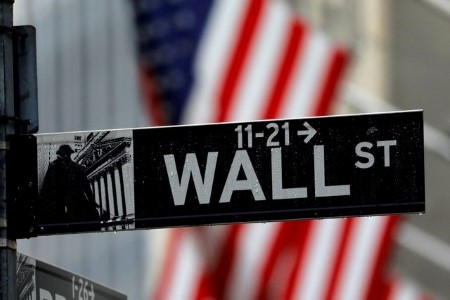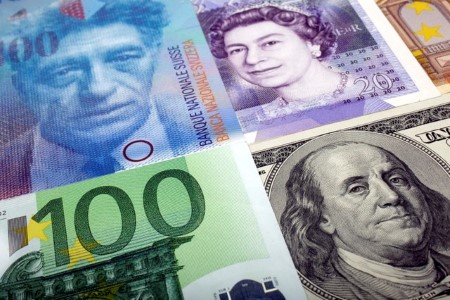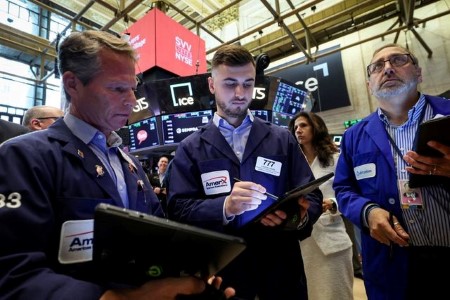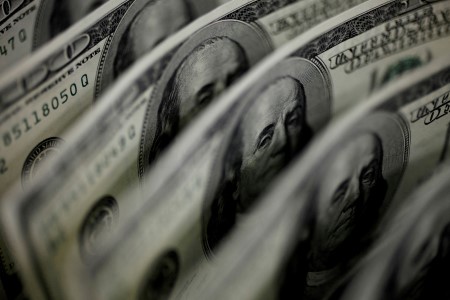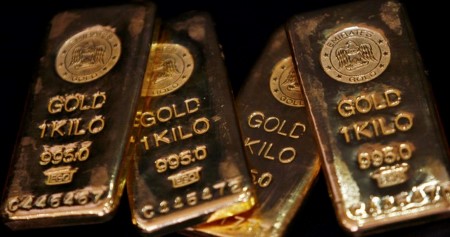July 6 (Reuters) – Wall Street’s main indexes ended sharply lower on Thursday in a broad sell-off after data showing a strong labor market boosted bond yields and fanned fears the Federal Reserve will be aggressive in raising US interest rates.
The S&P 500 posted its biggest daily percentage drop since May 23. The Dow logged its biggest single-day fall since May 2.
Private payrolls surged far more than expected in June, data showed, suggesting the labor market remained solid despite growing risks of a recession. A separate report showed US job openings dropped in May, but remained at elevated levels.
A day before the monthly U.S employment report, evidence of a solid labor market spurred expectations the Fed will keep interest rates higher for longer to tame stubborn inflation.
“We don’t see any softening in the labor market,” said Brad McMillan, chief investment officer for Commonwealth Financial Network. “The Fed doesn’t have to worry about the jobs market. When you look at their mandate, they have no reason not to keep hiking and to keep hiking for a while.”
The Dow Jones Industrial Average fell 366.38 points, or 1.07%, to 33,922.26, the S&P 500 lost 35.23 points, or 0.79%, to 4,411.59 and the Nasdaq Composite dropped 112.61 points, or 0.82%, to 13,679.04.
All 11 S&P 500 sectors ended down. Energy led declines among the sectors, dropping about 2.5%, while consumer discretionary slumped nearly 1.7%.
Gains in megacap stocks mitigated declines for the major indexes, which ended above their session lows. Microsoft (MSFT) rose 0.9% while Apple (AAPL) was up 0.3%.
Treasury yields jumped following the labor market data. The benchmark 10-year yield burst above 4% while the two-year Treasury yield, which typically moves in step with interest rate expectations, hit a 16-year high.
US interest rate futures saw an increased probability of another rate hike by the Federal Reserve in November, according to CME’s FedWatch.
The Fed did not hike rates in June but is widely expected to resume increases at its July meeting. Dallas Fed President Lorie Logan said there was a case for a rate rise at the June policy meeting.
In company news, Exxon Mobil Corp. (XOM) shares fell 3.7% after the oil major signaled a sharp fall in second-quarter operating profits on lower natural gas prices and weaker oil refining margins.
Second-quarter corporate reports will arrive in coming weeks with S&P 500 earnings expected to fall 5.7% from a year-ago, according to Refinitiv data.
“You have a situation where rates are going higher, profits are not really moving,” said King Lip, chief strategist at Baker Avenue Wealth Management. “That’s usually not a good combination for stocks.”
JetBlue Airways (JBLU) shares dropped 7.2% a day after the company said it would follow a US judge’s May order to end its alliance with American Airlines (AAL) to protect a planned purchase of Spirit Airlines.
Declining issues outnumbered advancing ones on the NYSE by a 6.01-to-1 ratio; on Nasdaq, a 3.25-to-1 ratio favored decliners.
The S&P 500 posted 4 new 52-week highs and 2 new lows; the Nasdaq Composite recorded 27 new highs and 118 new lows.
About 11.7 billion shares changed hands in US exchanges, compared with the 11.1 billion daily average over the last 20 sessions.
(Reporting by Lewis Krauskopf in New York, Bansari Mayur Kamdar, and Johann M Cherian in Bengaluru; Editing by Vinay Dwivedi, Shinjini Ganguli, and David Gregorio)







 DOWNLOAD
DOWNLOAD





